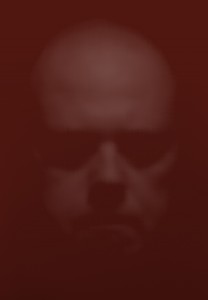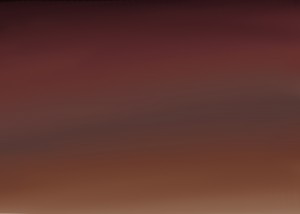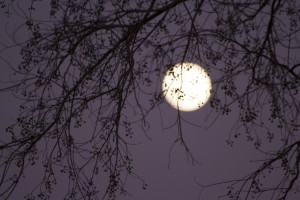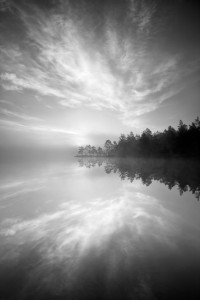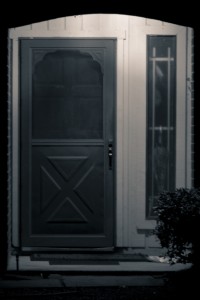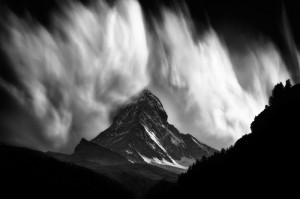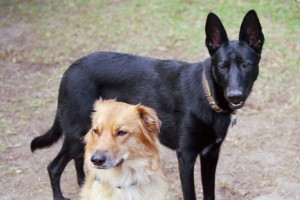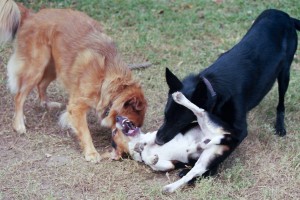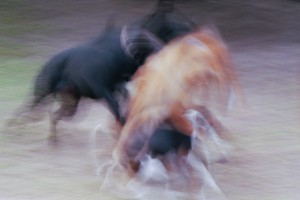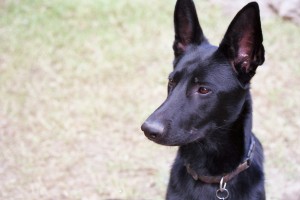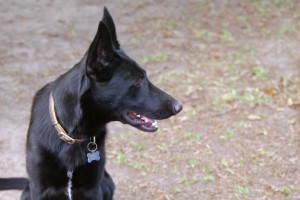I wrote this essay in 2008 as part of a one-off photo book I made as a gift for my grandmother. It was an expression of my definition of art. Here is the essay in its entirety:
Art is what we make it. I’ve always believed that. I once had a conversation with someone who had been accepted to art school and was excited about it. For some reason I felt the need to say that art is what we make it. This person told me that he, fortunately, “has grown above that”. Some people just don’t get it.
Everyone has a different aesthetic. Even two people who have similar ideas will look at a famous work of art such as The Mona Lisa or the Statue of David and come away with very different feelings about both pieces. Take this a little further – when these two people produce a work of art on their own, they both will produce very different pieces. One may not like the other’s work, but to each person the piece they produced is art.
That’s because art is an expression. That, however, begs the question of what kind of expression is art? The beautiful thing about art is that it can be an expression of anything at all. It can be how one feels about a certain subject; it can be an expression of how an experience affected them; it can be an expression of a happy or sad memory. The possibilities are endless. There is a story that a German military officer had met Pablo Picasso after the Spanish Civil War. The officer, upon realizing with whom he was speaking, said “You’re the one who created Guernica“. Picasso’s response to this was “No, you’re the one who created Guernica, not me”. This famous painting was Picasso’s reaction to the horrors of war he witnessed during the German bombing campaign in Spain.
When one has something to express, there comes the question of medium. The possibilities here are also endless. This is also where people get easily frustrated. I know in my own case I’ve given up more than one painting project due to the fact that I’m not very skilled with a brush. Give me a quill pen and some ink, however, and I’m good to go. Working in any medium takes a little practice to become effective. I spent many hours developing the fine control required to use a quill pen so I could achieve the clean lines necessary to add power to my work. Dancers spend many hours practicing their steps, actors study their lines and characters, and writers learn the best use of words. Skill with a chosen medium is necessary because without it the end result will definitely suffer.
The other beautiful thing about art is that there aren’t really any hard and fast rules. This is the what I feel is the essence of art. Where science depends on the order that be achieved through mathematics, art breaks through this order and opens up realms beyond what can be described by math. We can see a black hole reduced to mathematical expression, but I have yet to see the same done with a Renoir painting.
But of course, when one applies art to the concept of design we begin to see rules. Designers have an art background, but their focus is on using their creativity to produce something acceptable for someone else. While there aren’t strict rules to design (not any of which I am aware), there are strong guidelines that designers use that have shown to be effective in pleasing their customers.. While design work is art in the sense that creativity is present, it isn’t a pure form or art where the expression of self is the core motivator in creation. When I think back to the prospective art student, I believe that he hasn’t grasped why people create art and that he believes that design and skill with a chosen medium are the core of what art is.
When I was in high school I seemed to have an aptitude for mathematics and science but a love for art. I graduated from high school with five credits both in math and science and four in art. Twice a day I worked within the rules and structure of math and science and once a day I was able to break out of those confines and let my soul out through whatever medium were we employing in art class. Let me be clear – I loved science as well as art. The question I never asked myself at the time was how to resolve the love of both. The answer would be presented a long time after I graduated from high school.
I took my first photography course in the Autumn of 2007. We worked with black and white film for this course. A big part of the course was learning how to develop film by hand and print the photos using a dark room and chemistry. This is the simple part when one begins to consider the physics involved merely in the use of light when taking a photograph. I had never experienced a class like this in the past. Just like in high school art class I was creating something, but to create I needed to follow the rules for the chemistry involved. And when I manipulated the science, I came out with different creations each time.
One may say that is what happens in science – if you manipulate the components you get a different end result. The next logical question is “where is the art in photography?”. It is true that manipulation in science gets different end results (like adding hydrogen to vegetable oil to get shortening). However, when it comes to photography, it begins with the photographer’s imagination. To make a great photograph you need the imagination to see what you want to see come through on the paper. Without that imagination, then it’s merely design work to please a customer. Granted, it could be said that it took imagination to create shortening, but when one knows the chemical properties of saturated fats vs. unsaturated fats and knows that the addition of hydrogen will remove the kink at the end of a unsaturated fatty acid chain, thereby allowing saturation to occur, well, I have a hard time seeing imagination in that.
Expression involves showing the world something that’s important to you. With photography I now have a way to show people what gives me wonder, where I find beauty, and what affects me. The best part is, I use both art and science with it comes to creating my expression. That is why I love photography as a medium.
Anyway, that is my little scribe on how photography is an art. I felt it necessary to share this with everyone as recently a commentor expressed some disdain for the elitist attitudes that some “artists” hold for photography as a art form. I personally have to say I agree with the commentor. The example of the prospective art student shows why. I do, however, like to read what they have to say. That’s part of the Sun Tzu mentality I have… I do like to know what the other person is thinking.
Thoughts? Anyone? Anyone? Bueller?

